How can I better understand the conveyancing process?

Buying and selling a house is a complex process and there’s always more to it than you think. Understanding the steps involved in residential property conveyancing enables you to avoid any surprises, including hidden costs and delays in the process. Even if you only buy and or sell one house, it’s important you know how to prepare and what to expect.
Through LegalPath, your portal to Halliwells Solicitors, Hawera, you will receive expert property advice and so, to simplify it for you, we’ve put together a timeline and guide. For anyone in the process of buying or selling a house. This article will help prepare you for the journey ahead by explaining what conveyancing is, when you need it, who will help you, and the process you can expect to follow.
What is conveyancing?
Conveyancing refers to the legal transfer of property ownership from a seller to a buyer. Conveyancing also includes refinancing and the resultant mortgage security.
Conveyancing lawyers: what they do?
A conveyancer will project manage the property transaction process for you to ensure everything runs smoothly when buying or selling a house. They can either be a property lawyer or an experienced, registered conveyancer. Right up until settlement day, they will use their expertise and industry connections to streamline the process.
A conveyancer’s responsibilities are to:
- Process all relevant paperwork.
- Check the property title for any easements, covenants, or Right of Ways.
- Make contractual promises to other affected parties.
- Make sure the money is transferred correctly.
- Ensure loans, mortgages, and encumbrances are repaid or new securities registered.
- Check documentation according to the Credit Contract and Consumers Finance Act 2003.
- Check that the property is insured.
- Apply for KiwiSaver and HomeStart grants where applicable.
A conveyancer arranges or reviews the Sale and Purchase Agreement, property title searches, LIM reports, legal transfer documents, exchange of grants and mortgages, and handing over of the keys. To put it simply, your conveyancer is an all-in-one service provider from the very beginning to the final handover.
The buyer's guide to conveyancing
If you’re buying a new home, the conveyancing journey can be confusing, so we’ve broken it down into 6 easy steps to help showcase when in the process you will need conveyancing services:
1. Find a property
First, research the area you want to buy in and find out as much as you can about prospective properties. Visit open homes and online listings until you find one that is within your budget. Once you’ve found a property that you’d like to place an offer on, it’s time for the next step.
2. Enlist a conveyancer
When you make an offer on a property, find a qualified solicitor or conveyancer to complete all the legal paperwork. They will manage the rest of the transaction for you, so all you have to do is follow their instructions. If you need the paperwork processed quickly (due to a cash-out clause, for example) it’s best to communicate this early on.
3. Finalise your financing
Before the sale can go ahead, your conveyancer will liaise with you to arrange your mortgage, KiwiSaver withdrawals, HomeStart grant, and other funds. They will likely talk directly with your lending provider to ensure the funds are available and where they should be.
4. Meet legal conditions
If your offer is accepted, you will be liable to meet all the conditions laid out in the sale and purchase agreement. Your conveyancer will make sure both you and the vendor are satisfied and once the conditions are met, the purchase will be ready for settlement.
5. Property inspection
Prior to settlement, you should inspect the property to ensure that nothing has changed since you signed the contract to purchase. You may also need to confirm your new home insurance at this stage.
6. Complete the transfer
When everything is in place, you will liaise with your conveyancer to sign all the documents. This is the point of settlement, and the point where mortgage finance and/or any other funds you hold to put towards the purchase are transferred through the lawyer's Trust Account, to the Trust Account of the vendor's Lawyer.
The seller's guide to conveyancing
If you’re selling a property, there is another set of steps to follow. While you may not be requesting financing from the bank and having to place an offer there are still a few things you’ll need to know to better understand the process. To avoid confusion, here’s everything you need to know:
1. Prepare your property for sale
Before listing your home, you should clean it, stage it, and fix any problems so that it appeals to prospective home buyers. If you’re selling it privately, it can help to know how to prepare for open homes, and for selling in general. If you’re working with a real estate agent they will guide you through this process.
2. Hire a conveyancer
When someone makes an offer on your property, you need a qualified solicitor or conveyancer to handle the transaction. They will manage the paperwork and communication for you, so all you have to do is wait for their guidance. See this article for information on conveyancing fees.
3. Negotiate the offer
If you want to accept an offer, your conveyancer will ensure the sale and purchase agreement is aligned with your requirements and add any conditions for you. They will communicate with the buyer’s solicitors to negotiate the contract.
4. Meet legal conditions
Once the sale and purchase agreement is signed by both parties, your conveyancer will make sure all applicable conditions are met. Then, the transaction is ready for settlement. The purchaser is likely to want to inspect the property before settlement.
5. Complete the transfer
When it’s all finalised, your conveyancer will witness the signing of all documentation. The purchaser’s Lawyer will transfer the amount required to settle into your conveyancer's Trust Account. Should there be a mortgage to discharge, your conveyancer will process those payments, as well as pay a portion of the rates owing on the property. All remaining funds will be paid into your nominated account and, you are no longer the owner of the property.
What is settlement day?
Settlement day is the date when the property sale is final and any loose ends are tied up. To make sure everything is done according to the sale and purchase agreement, the conveyancer will confirm that all conditions have been met. They will handle everything, ensuring that everyone has what they need in the correct sequence.
The basic timeline is as follows:
Transfer of funds
On settlement day, the total amount of money is paid from the buyer’s conveyancer to the seller’s conveyancer. The latter will give the former a receipt for payment.
Title transfer
For the purchase to be official, the conveyancer will complete the transfer of ownership paperwork. This includes registering the home and the Record of Title under the buyer’s name.
Handover of the keys
Finally, the buyer will receive the keys to the property. Depending on the arrangement, they can be collected from the seller’s conveyancer or the real estate agent, but not from the seller themselves. As soon as this is done, your property conveyancing service is complete.
Whether you are buying or selling, or both, the right conveyancing expert will make the process easy. At Halliwells, via LegalPath, our friendly team has all the experience and expertise to guide you through the process. There’s no need to worry about paperwork or legal jargon because we do all the hard work for you.
Whether you have questions about the process, or simply want to get started, we can help. The best place to start is to get a straightforward, stress-free property transfer quote today.




